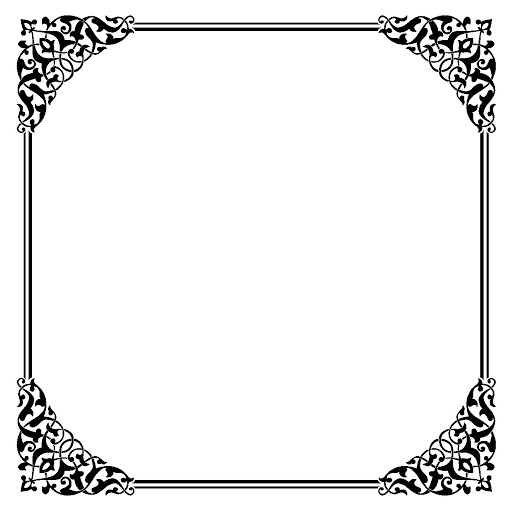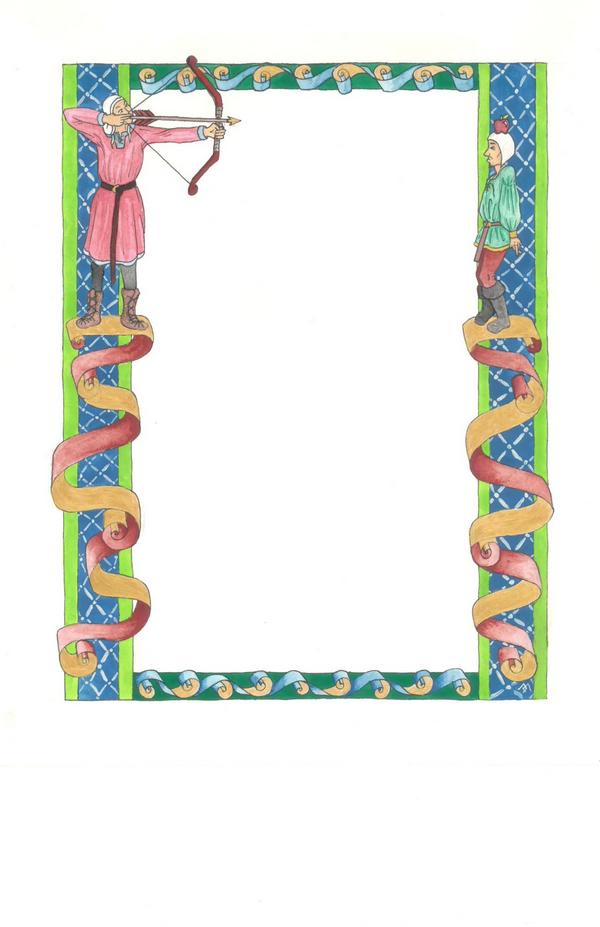
These can extend inland, as in the United States where the U.S. In places where smuggling, migration, and infiltration are a problem, many countries fortify borders with fences and barriers, and institute formal border control procedures. Controls on car liability insurance validity and other formalities may also take place. Moving goods, animals, or people illegally across a border, without declaring them or seeking permission, or deliberately evading official inspection, constitutes smuggling. Most countries prohibit carrying illegal drugs or endangered animals across their borders. Animals (and occasionally humans) moving across borders may need to go into quarantine to prevent the spread of exotic infectious diseases. Moving goods across a border often requires the payment of excise tax, often collected by customs officials. To stay or work within a country's borders aliens (foreign persons) may need special immigration documents or permits but possession of such documents does not guarantee that the person should be allowed to cross the border. Some borders require presentation of legal paperwork like passports and visas, or other identity documents, for persons to cross borders. Under international law, each country is generally permitted to legislate the conditions that have to be met in order to cross its borders, and to prevent people from crossing its borders in violation of those laws. Most countries have some form of border control to regulate or limit the movement of people, animals, and goods into and out of the country.

For the purposes of border control, airports and seaports are also classed as borders. In modern times, marchlands have been replaced by clearly defined and demarcated borders.

Special cases in modern times were the Saudi Arabian–Iraqi neutral zone from 1922 to 1991 and the Saudi Arabian–Kuwaiti neutral zone from 1922 until 1970. In the past, many borders were not clearly defined lines instead there were often intervening areas often claimed and fought over by both sides, sometimes called marchlands. During the medieval period the government's control frequently diminished the further people got from the capital, therefore borderland (especially impassable terrain) attracted many outlaws, as they often found sympathizers. In the pre-modern world, the term border was vague and could refer to either side of the boundary, thus it was necessary to specify part of it with borderline or borderland. A difference has also been established in academic scholarship between border and frontier, the latter denoting a state of mind rather than state boundaries. Most external borders are partially or fully controlled, and may be crossed legally only at designated border checkpoints adjacent border zones may also be controlled.īorders may even foster the setting up of buffer zones.


Some borders-such as most states' internal administrative borders, or inter-state borders within the Schengen Area-are open and completely unguarded. Borders are established through warfare, colonization, or mutual agreements between the political entities that reside in those areas the creation of these agreements is called boundary delimitation. For other uses, see County Line (disambiguation).īorders are geographical boundaries, imposed either by geographic features such as oceans, or by arbitrary groupings of political entities such as governments, sovereign states, federated states, and other subnational entities.


 0 kommentar(er)
0 kommentar(er)
